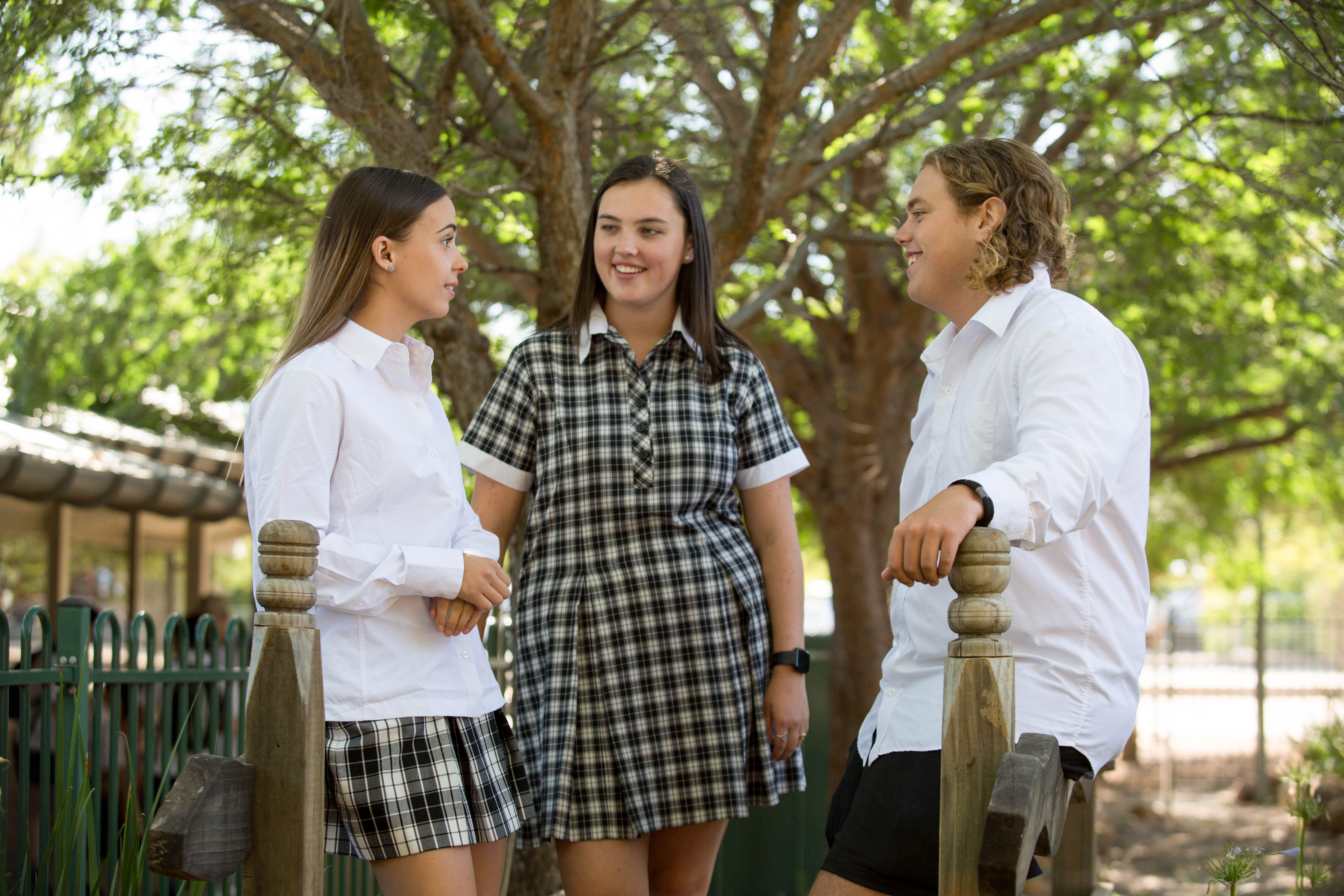On this page
Download this Fact Sheet:
Fact Sheet: Body Image (175.9 KB, PDF)
Why is a positive body image important?
Young people in Australia report body image as being one of their top concerns.
Body image may be positive and include feelings of pleasure, satisfaction, appreciation and acceptance of our body. It could be negative and include feelings of unhappiness, dissatisfaction and criticism of how we look. Of course, it may also be somewhere in between at any given time.
Our body image is influenced by many factors such as our self-esteem and social/cultural factors, especially the extent to which a person feels pressured to conform to appearance ideals (for example, thin or muscular).
Having a positive body image helps children and young people feel good about themselves and supports their mental health and wellbeing.
People with a positive body image are more likely to think about what their body can do and do things they enjoy – playing sport, climbing trees or walking the dog – rather than focusing on how their body looks. They are also more likely to look after their body in other ways, such as eating a balanced diet and having a positive relationship with food.
Positive sense of self
Children and young people with a positive body image might not necessarily be satisfied with their appearance, but their self-worth is not defined nor determined by the size, shape or appearance of their body.
Instead, they concentrate on their personal strengths and qualities that are not appearance-based. This way of thinking fosters self-esteem and health supporting behaviours.
Negative thoughts can lead to increased vulnerability
It’s common for people of all genders, ages, ethnicities, abilities, body sizes and shapes to have negative thoughts and feelings about their appearance or be dissatisfied with the way their bodies look. Children and young people experiencing poor body image are more vulnerable to developing problematic behaviours associated with food and exercise such as:
- excessive exercise
- skipping meals
- binge eating.
Peer relationships
Friendships are very important during early learning and school years and peer relationships can have a strong influence on how children and young people feel about themselves and their bodies.
Body comparisons with friends and peers are natural and normal - but if a child or young person does this frequently it can affect the way they feel about their body, particularly if they are comparing their body or appearance in a negative way. Conversations that children and young people have about appearance with their friends can also affect their body image.
Peer groups can be a source of mixed messaging. They can sometimes normalise and reinforce unhelpful body and appearance ideals and behaviours, which may contribute to body dissatisfaction in children and young people. For instance, peer groups might influence trends around fashion, eating, exercise and social behaviours that have been inspired by celebrities, sports stars and social media influencers.
Peers may also use unhelpful language and dialogue about their bodies, appearance and dieting, which can reinforce unrealistic appearance ideals. This can place vulnerable individuals at risk of experiencing body dissatisfaction and other mental health concerns.
Be You Resources
Learn more about how learning communities can promote positive body image
Learn more about understanding disordered eating.
Be You Professional Learning
Find out more about the benefits of children and young people maintaining positive and respectful relationships with peers in the Connect module.
-
Bibliography
Andrew, R., Tiggemann, M., & Clark, L. (2016). Predictors and health-related outcomes of positive body image in adolescent girls: A prospective study. Developmental Psychology, 52(3), 463.
Bailey, V., Baker, A-M., Cave, L., Fildes, J., Perrens, B., Plummer, J., & Wearring, A. (2016). Mission Australia’s 2016 youth survey report. Sydney: Mission Australia. Retrieved from https://www.missionaustralia.com.au/publications/annual-reports/doc_download/676-mission-australia-youth-survey-report-2016
Damiano, S. R., Gregg, K.J., Spiel, E.C., McLean, S.A., Wertheim, E.H., &Paxton,S.J. (2015). Relationships between Body Size Attitudes and Body Image of Four-year-old Boys and Girls and Attitudes of their Fathers and Mothers. Journal of Eating Disorders, 3:16. doi: 10.1186/s40337-015-0048-0
Damiano, S.R., Yager, Z., McLean, S.A., & Paxton, S.J. (2018). Achieving Body Confidence for Young Children: Development and pilot study of a universal teacher-led body image and weight stigma program for early primary school children. Eating Disorders: The Journal of Treatment & Prevention, 26(6), 487-504, https://doi.org/10.1080/10640266.2018.1453630
Damiano, S.R., Paxton, S.J., Wertheim, E.H., McLean, S.A., & Gregg, K.J. (2015). Dietary restraint of 5-year-old girls: Associations with internalization of the thin ideal, maternal, media and peer influences. International Journal of Eating Disorders, 8, 1166–1169.
Dohnt, H. K., & Tiggemann, M. (2006). Body image concerns in young girls: The role of peers and media prior to adolescence. Journal of Youth and Adolescence, 35(2), 141-151.
Evans, R., Roy, J., Geiger, B., Werner, K., & Burnett, D. (2008). Ecological strategies to promote healthy body image among children. Journal of School Health, 78(7), 359-367.Ferreiro, F., Seoane, G., & Senra, C. (2014). Toward understanding the role of body dissatisfaction in the gender differences in depressive symptoms and disordered eating: A longitudinal study during adolescence. Journal of Adolescence, 37(1), 73-84.
Grogan, S. (2016). Body image: Understanding body dissatisfaction in men, women and children. London: Routledge.
Holt, K. E., & Ricciardelli, L. A. (2008). Weight concerns among elementary school children: A review of prevention programs. Body Image, 5(3), 233-243.
Littleton, H. L., & Ollendick, T. (2003). Negative body image and disordered eating behavior in children and adolescents: what places youth at risk and how can these problems be prevented? Clinical Child and Family Psychology Review, 6(1), 51-66.
Paxton, S. J., Neumark-Sztainer, D., Hannan, P. J., Eisenberg, M. (2006). Body dissatisfaction prospectively predicts depressive mood and low self-esteem in adolescent girls and boys. Journal of Clinical Child and Adolescent Psychology, 35, 539-549.
Smolak, L. (2004). Body image in children and adolescents: where do we go from here? Body Image, 1(1), 15-28
-
External links
